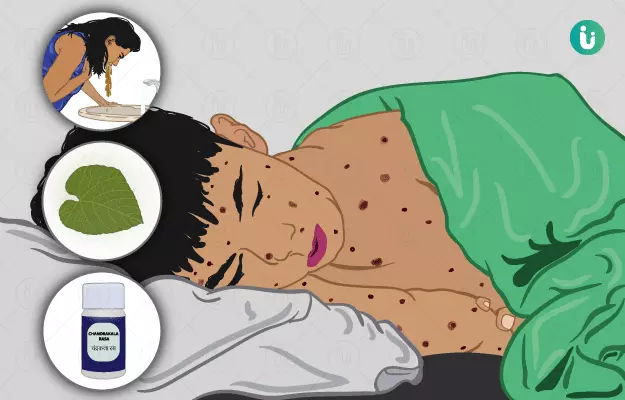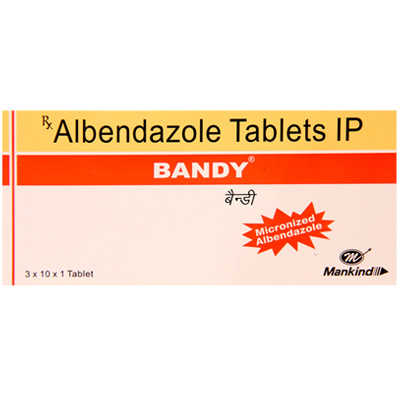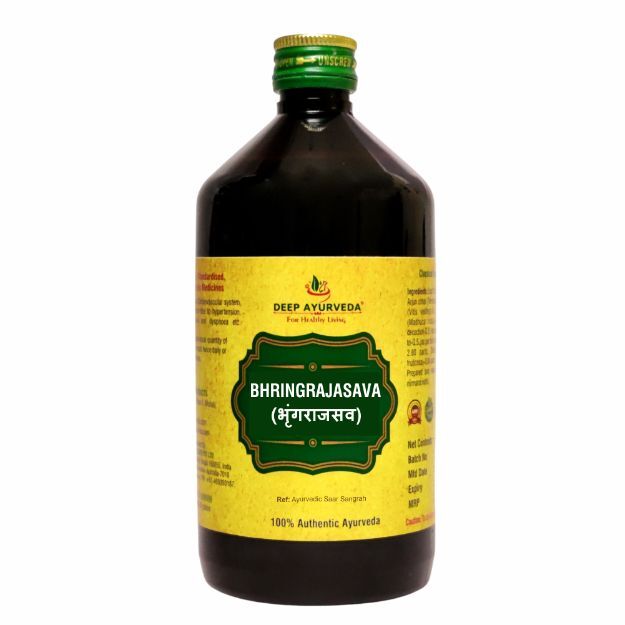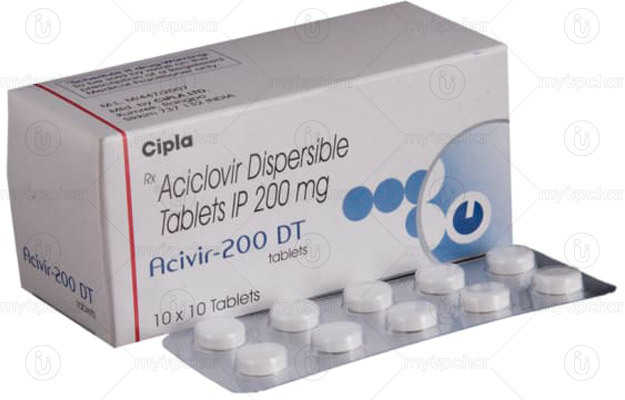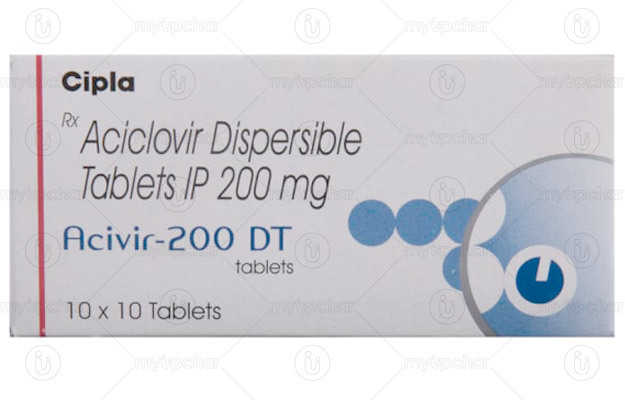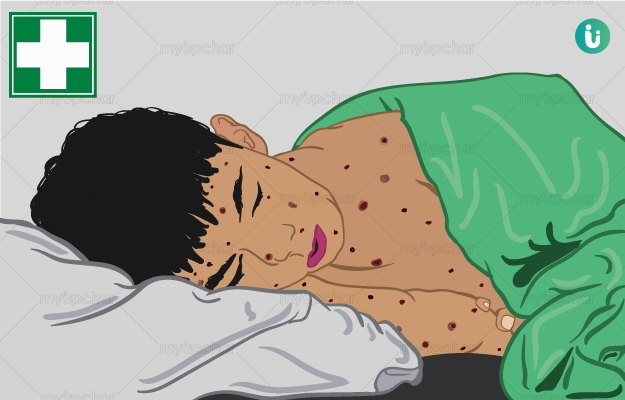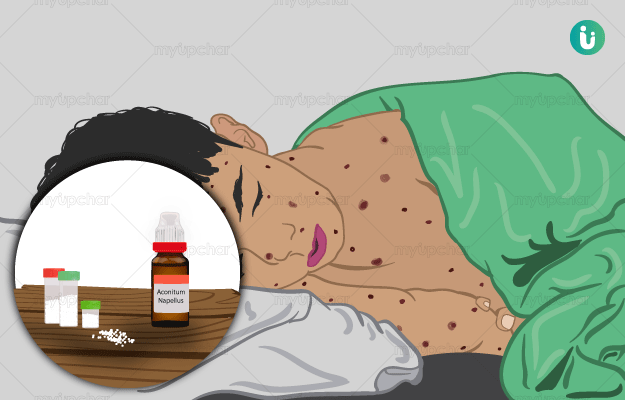Chickenpox is a viral infection that is caused due to varicella-zoster virus. This virus spreads via air or by direct contact with the infected person. It generally affects children aged below 10 years but rarely occurs in adults. Chickenpox is mainly characterised by the appearance of itchy blisters all over the body. Taking chickenpox vaccine once between 10 and 15 months and once between 4 and 6 years is the best preventive measure for this disease. However, even vaccinated children might get diagnosed with a milder form of chickenpox.
According to Ayurveda, chickenpox or laghu masurika is caused due to vitiation of tridoshas (three doshas). Panchakarma (five therapies) methods of vamana (medical emesis) along with the external applications of lepa (coating the affected body part with medications) using herbs like nimba (neem) are used for the treatment of chickenpox. Herbs like yashtimadhu (mulethi), guduchi (heart-leaved moonseed), haridra (turmeric) and manjishtha (Indian madder) are given as blood-purifying agents to clear the infection from body. Isolating the affected individual, maintaining a clean environment and using sterile clothes and objects also improves recovery and prevents the spread of chickenpox.

